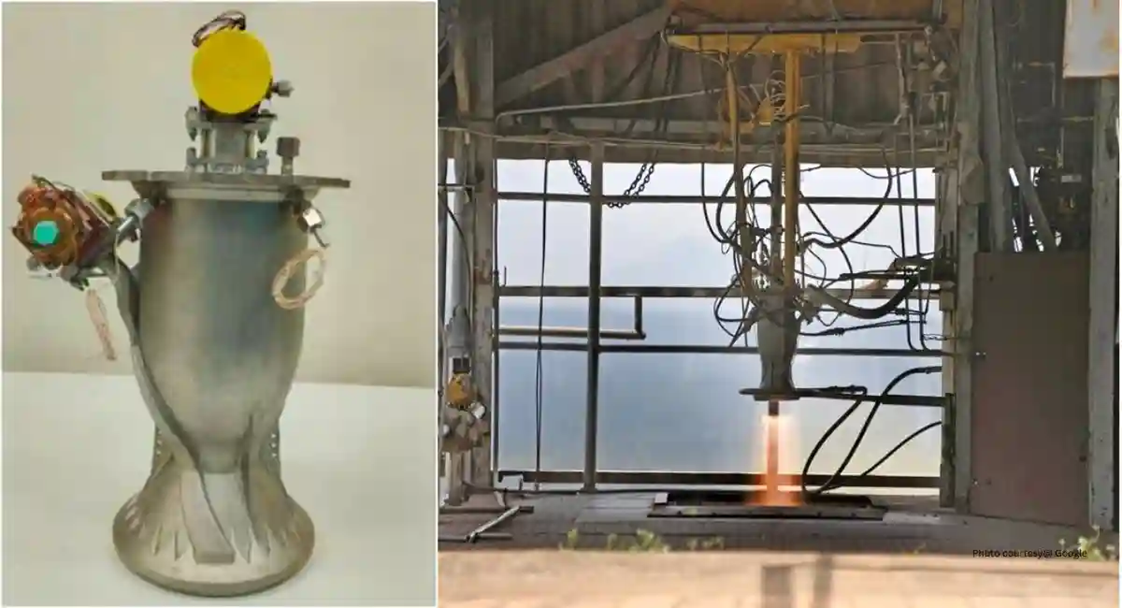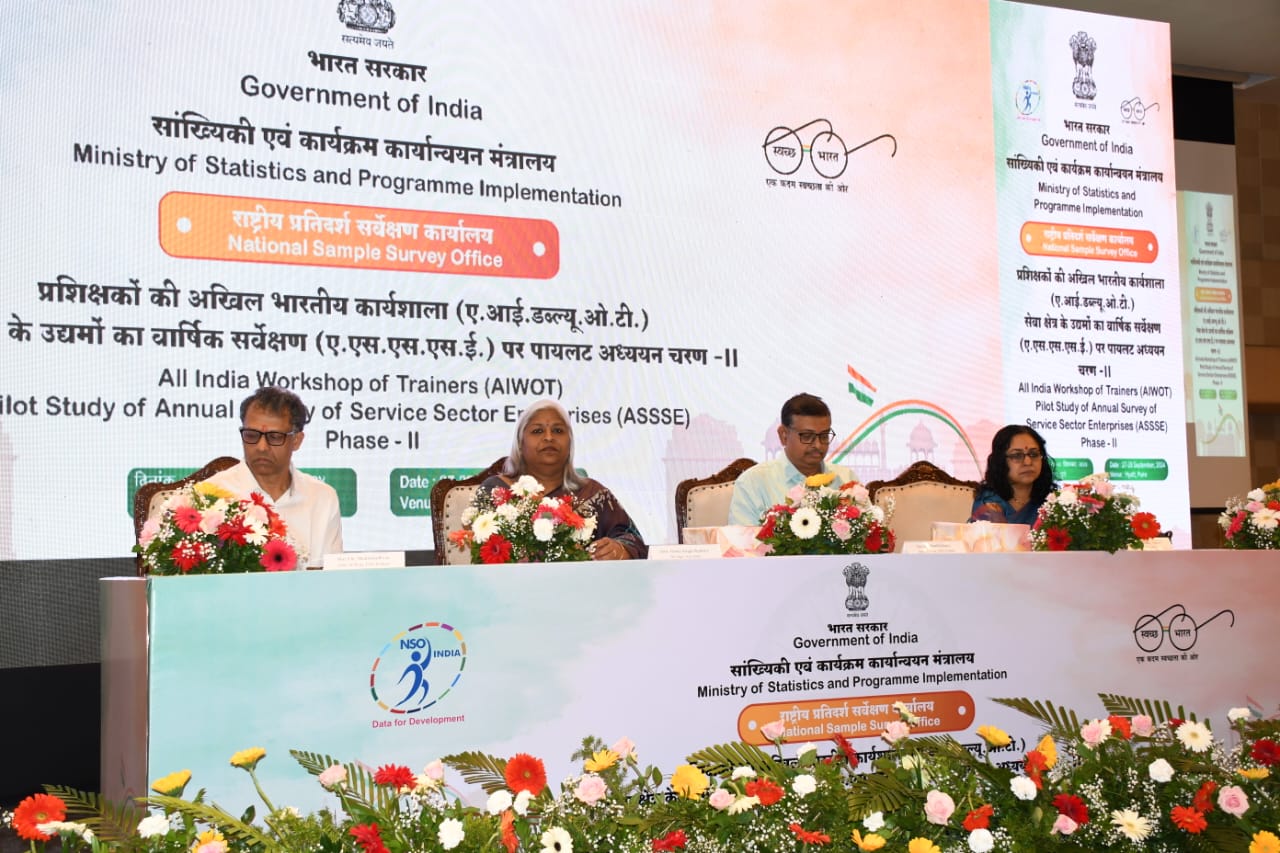- Courses
- GS Full Course 1 Year
- GS Full Course 2 Year
- GS Full Course 3 Year
- GS Full Course Till Selection
- CSAT
- 5 LAYERED ARJUNA Mentorship
- Public Administration Optional
- Online Program
- GS Recorded Course
- NCERT (Recorded 500+ Hours)
- Polity Recorded Course
- Geography Recorded Course
- Economy Recorded Course
- AMAC Recorded Course
- Modern India, Post Independence & World History
- Environment Recoded Course
- Governance Recoded Course
- Science & Tech. Recoded Course
- International Relations and Internal Security Recorded Course
- Disaster Management Module Course
- Ethics Recoded Course
- Essay Recoded Course
- Current Affairs Recoded Course
- ABOUT US
- OUR TOPPERS
- TEST SERIES
- FREE STUDY MATERIAL
- VIDEOS
- CONTACT US
ISRO's PS4 Engine Design
ISRO's PS4 Engine Design
14-05-2024

The Indian Space Research Organisation (ISRO) successfully carried out a critical test on a 3D-printed liquid rocket engine.
- This test marked a significant advancement in incorporating additive manufacturing (AM) techniques into India’s space exploration efforts.
- With the successful completion of the full-duration hot test, ISRO has shown that it is feasible, and efficient, to use AM technology in building rocket engines for its PSLV programme.
- This redesigned engine, a single-piece masterpiece, represents a remarkable breakthrough that saves 97% of raw materials and reduces production time by 60%.
What is the PS4 Engine ?
- The PS4 engine serves as the uppermost stage of the Polar Satellite Launch Vehicle (PSLV), consisting of two Earth storable liquid engines.
- It uses a bipropellant combination of nitrogen tetroxide as the oxidizer and monomethyl hydrazine as the fuel, both developed by ISRO's Liquid Propulsion Systems Centre.
- The same engine is utilized in the Reaction Control System (RCS) of the first stage (PS1) of PSLV.
- ISRO redesigned the conventionally manufactured PS4 engine to align with additive manufacturing techniques, an approach known as Design for Additive Manufacturing, yielding extraordinary advantages.
Additive Manufacturing: Transforming Manufacturing Processes
- Additive Manufacturing, also known as 3D printing, is an emerging technology revolutionizing manufacturing processes worldwide.
- It creates 3-dimensional objects by successively layering materials under computer control.
- This technology involves layering materials like plastics, composites, or bio-materials to create objects with varying shapes, sizes, rigidity, and colours.
- Compared to traditional subtractive techniques, 3D printing offers immense design flexibility, reduced waste, and the ability to produce complex geometries.
Must Check: Best IAS Coaching In Delhi



